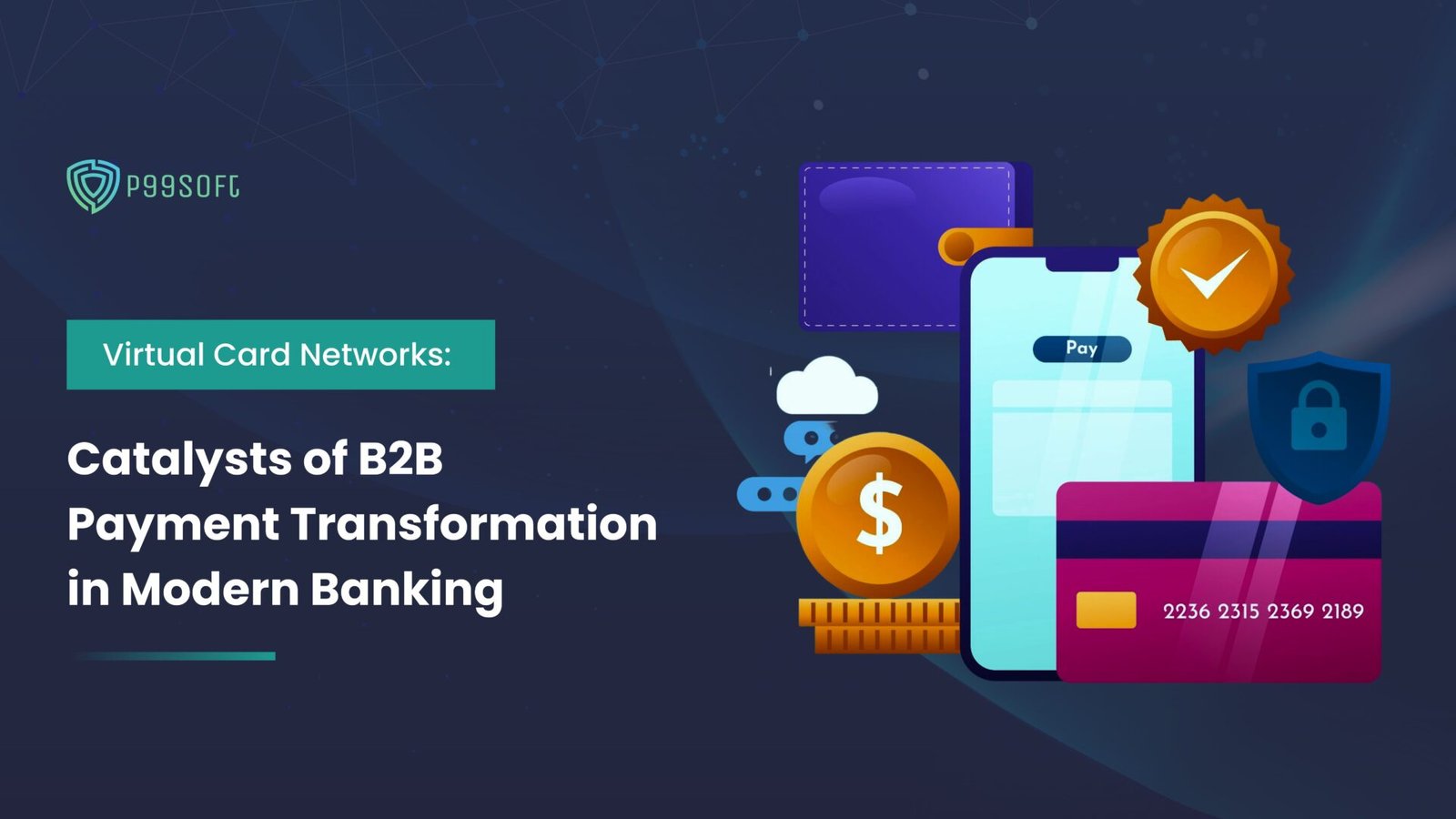In modern times, the dynamic landscape of global trade comes with its exposure to supply chain disruptions, which take a rather common turn, further aggravated by factors such as geopolitical tensions, natural disasters, and pandemics. In the light of these challenges, logistics operations are now supposed to be more resilient and agile.
This blog will go into detail on how the tools—Software as a Service (SaaS)—are enabling resilient logistics operations and how to become more agile amidst the 2024 supply chain disruptions. With examples, insights, and deep analysis, this article provides current challenges faced by several logistics stakeholders and how SaaS Application Development Solutions open up an opportunity for the future towards the building of a strong and adaptive supply chain.
The 2024 Human Rise in Supply Chain Disruptions
A year, characterized by a suite of supply chain disruptions, 2024 will test the latitude of standard logistics strategies. In fact, companies find themselves battling every day against delays, increased tariffs, and consumers who just can’t wait to have their packages delivered almost instantly. In such chaos, the way supply chain resilience is more of a buzz word; it has to be a necessity.
How SaaS Tools Can Transform Logistics Operations
Adaptability to Change
Real-Time Data Analytics: The SaaS solutions offered blend quite nicely with the systems in place to provide real-time data analytics, allowing logistics managers to make quick decisions, hence smoothly adapting to changes or disruptions when and if they occur.
Scalability: SaaS solutions are rapidly scalable up or down with little upfront investment, hence able to respond perfectly to variable demand.
Enhanced Communication and Collaboration
Cloud-based Collaboration: These enable better communication between and collaboration among different departments, which can be located even in different geographical locations. Centralizing information will help teams work together more efficiently—an element that is central in managing complex supply chains.
Partner Integration: The SaaS tool makes it easy for integration between the vendor, partners, and suppliers since all of them have been operated from the same page, and it’s important in moving towards coordinated response strategies.
Cost Efficiency and Risk Management
Predictive Analytics: This is where machine learning and AI come in to enable the prediction of cases of delays in projects, for which alternative strategies may be sought. This predictive capability thus helps to mitigate any risk before it grows out of hand.
Saving Costs: This will bring about high operational efficiencies levels and thus translate into very significant cost savings in the logistics costs of warehousing, transportation, and inventory management.
Success Stories of SaaS in Logistics
- Logistics in the Cloud-Powered Workplace by J Berry (2021): This study examines the adoption of SaaS in logistics, focusing on cloud-powered workplaces and the benefits these environments offer to the logistics sector. It highlights various success stories of logistics companies leveraging cloud technologies to enhance operational efficiencies and cost savings.
- Software Design for a Logistics Company by T Zubar (2021): This research discusses the impact of SaaS on logistics management, emphasizing the importance of measuring service quality through SaaS platforms. It provides examples of logistics companies that have successfully integrated SaaS solutions to improve their operations.
- Logistics Management: Opportunities in the Cloud by ME Aviles and P Rutner (2012): The paper explores the strategic use of cloud computing architectures, including SaaS, in logistics operations. It identifies how SaaS facilitates better management practices and can help logistics companies maintain a competitive edge.
Conclusion:
In the face of unprecedented supply chain disruptions, the adoption of SaaS tools is essential for enhancing resilience and agility in logistics operations. By leveraging advanced analytics, real-time visibility, and collaboration platforms, logistics companies can mitigate risks, optimize operations, and adapt swiftly to changing market dynamics. As we navigate the complexities of the 2024 supply chain landscape, it is imperative for logistics stakeholders to embrace innovation, invest in technology, and collaborate across the supply chain ecosystem to build resilient and agile logistics networks.
Call to Action:
Are you ready to transform your logistics operations and build resilience in the face of supply chain disruptions? Explore the latest SaaS solutions and see how they can empower your organization to navigate the challenges of 2024 and beyond. Join the ranks of forward-thinking logistics companies embracing innovation and driving positive change in the industry.
Toward a More Resilient Future
Bringing in SaaS tools to augment the logistic operations is less of a matter of survival at the point but rather all about thriving in the time to come. The kind of flexibility offered by such tools will be indispensable in the face of continued global supply chain challenges.
Wrapping It Up
These are the supply chain disruptions that do pose challenges, but then within every challenge, there is a scope of opportunity. The SaaS tools offer a positive road to not only steer but come out of these disruptions strengthened and more connected than ever before. In the future, this is going to extend the role of SaaS in the logistics of one of the major pillars of modern supply chain strategies.
FAQs
Q: What are the primary benefits of implementing SaaS tools in logistics?
A: The primary benefits include enhanced agility, improved real-time decision-making capabilities, cost efficiency, and better risk management.
Q: Can small to medium enterprises also benefit from SaaS in logistics?
A: Absolutely, SaaS tools are scalable and can be tailored to fit the needs and budget constraints of smaller businesses, providing them with the tools to compete on a global scale.



